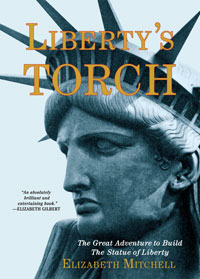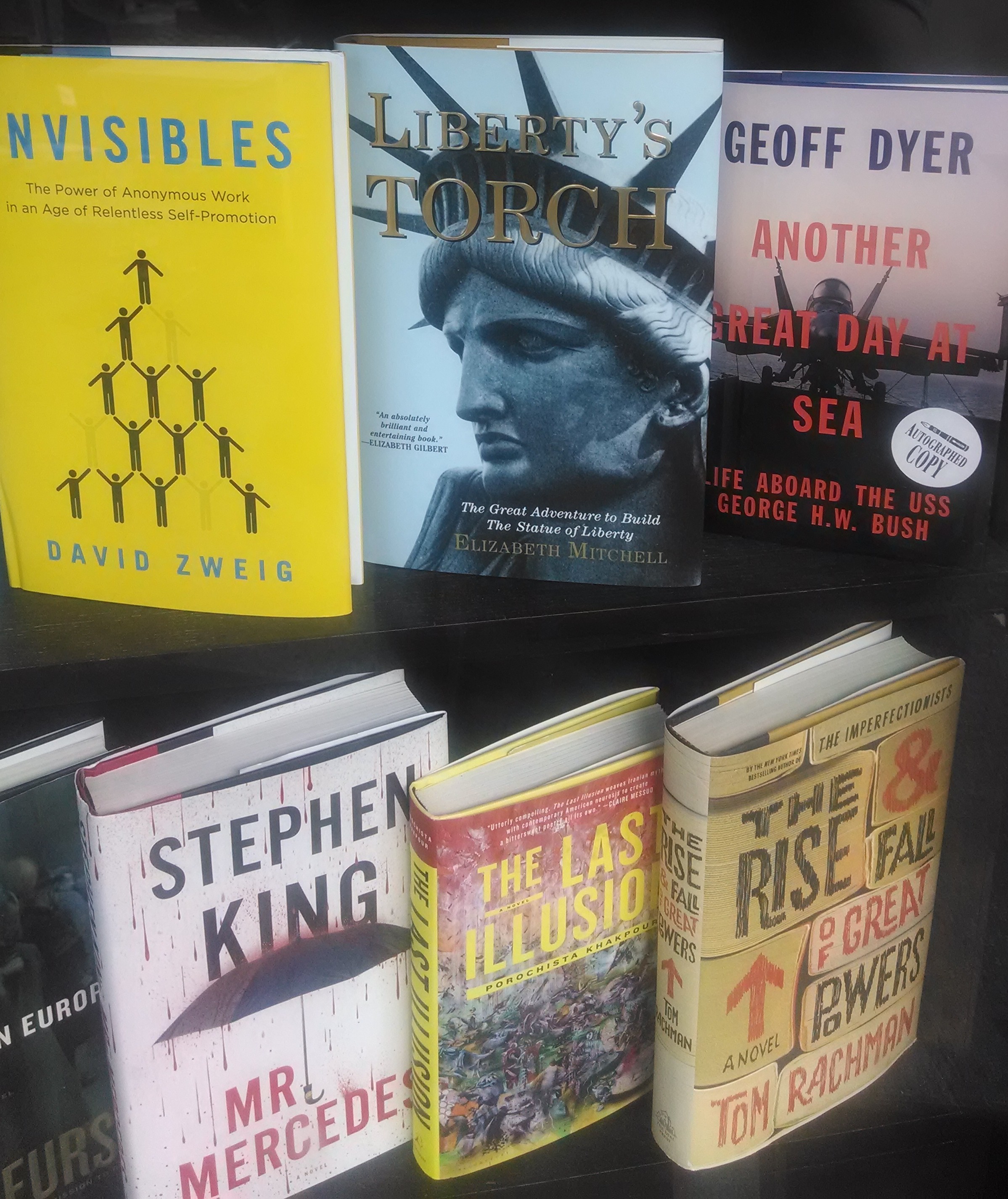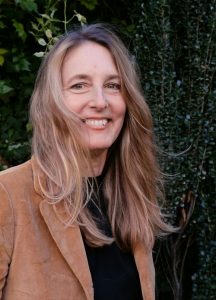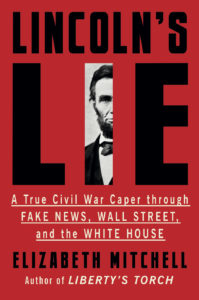
“Elizabeth Mitchell has woven together some of my favorite subjects— nineteenth-century New York City, early newspapermen, the Civil War, secrets, gold, America’s iffy history with alternative facts—into a riveting and delicious work of nonfiction that could pass for a novel. I knew nothing of the historical episode at the center of LINCOLN’S LIE, and its contemporary resonances are remarkable.” —Kurt Anderson, author of Fantasyland: How America Went Haywire: A 500-Year History
“Elizabeth Mitchell’s excellent LINCOLN’S LIE is a wild ride into one of the strangest episodes of the Civil War era. Mitchell is a gifted storyteller, and this book about greedy profiteers is loaded with narrative horsepower. I was stunned by the revelations. Highly recommended!”—Douglas Brinkley, author of American Moonshot: John F. Kennedy and the Great Space Race
“LINCOLN’S LIE is a delicious, suspenseful, exquisitely well-researched and cleverly-written romp through a dramatic and forgotten moment of American history. Mitchell’s thorough examination of a strange example of 19th century ‘fake news’ brings Lincoln back to life in all his subtlety, contradictions, and savvy. This is a wonderful read, as well as a fascinating history lesson. I loved it.” -- Elizabeth Gilbert, author of City of Girls and The Signature of All Things
“This historical thriller takes us into some of the darkest days of the Civil War and the dramatic tension between Abraham Lincoln and the reporters covering him—including one with a penchant to invent stories of his own. How Lincoln navigated the fake news of his day makes a compelling story, and Elizabeth Mitchell handles it beautifully, with deep research, careful attention to detail, and the flair of a novelist. Highly recommended.”—Ted Widmer, author of Lincoln on the Verge: Thirteen Days to Washington
“Lincoln's Lie is a delightful, fun and easy read full of colorful characters, telling details, and fresh perspective. Mitchell combines a journalist's talent for storytelling with an historian's knack for intensive research to offer a fresh new look at an old story. The book reads more like a suspense novel than a work of history. I did not want to put it down. I turned each page searching for new clues to who leaked the proclamation and why 'honest' Abe lied about it.' ––Steven M. Gillon, scholar-in-residence at the History Channel and author of New York Times bestsellers, including The Pact: Bill Clinton, Newt Gingrich, and the Rivalry That Defined a Generation

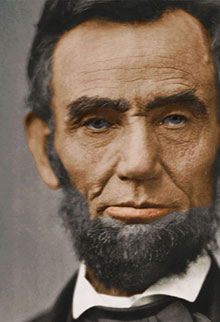
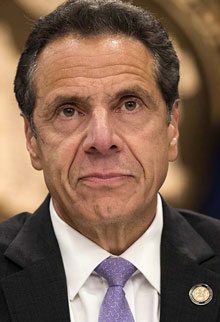
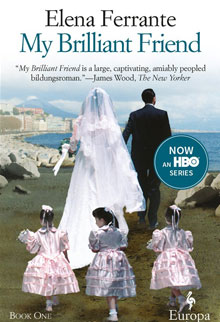
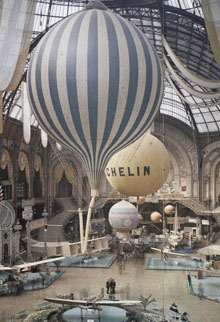
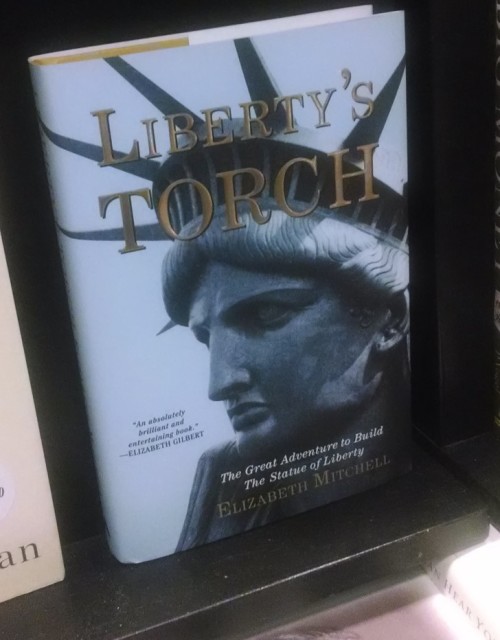
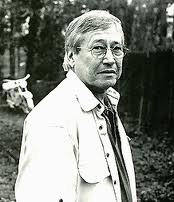 of pretty faces and rhyming sound bites that the generic sump hole of Nashville has become. The age when Christie Brinkley, suffering from a wrist injury after a helicopter crash on a snow-covered mountainside, takes time to hold her own camera out and take a picture of herself, which she provides to People magazine, in case we missed the agony.
of pretty faces and rhyming sound bites that the generic sump hole of Nashville has become. The age when Christie Brinkley, suffering from a wrist injury after a helicopter crash on a snow-covered mountainside, takes time to hold her own camera out and take a picture of herself, which she provides to People magazine, in case we missed the agony.